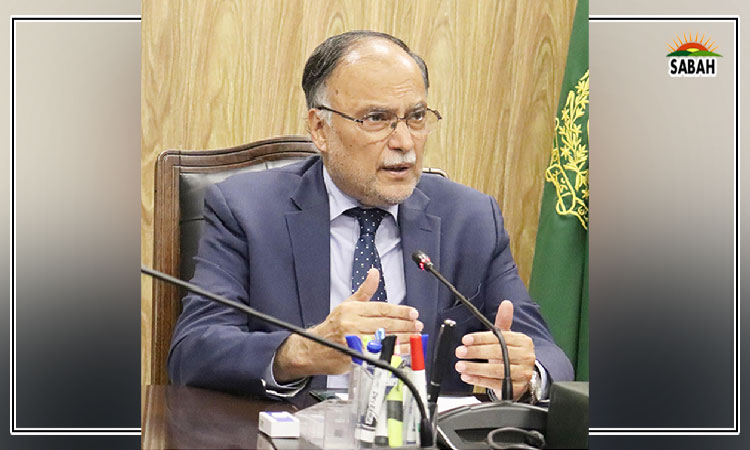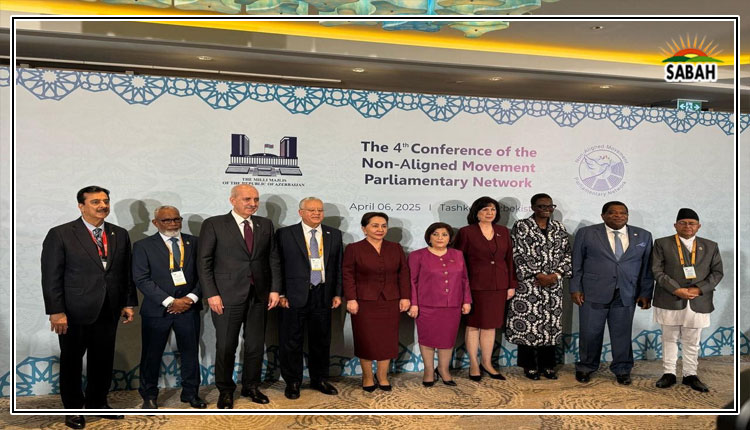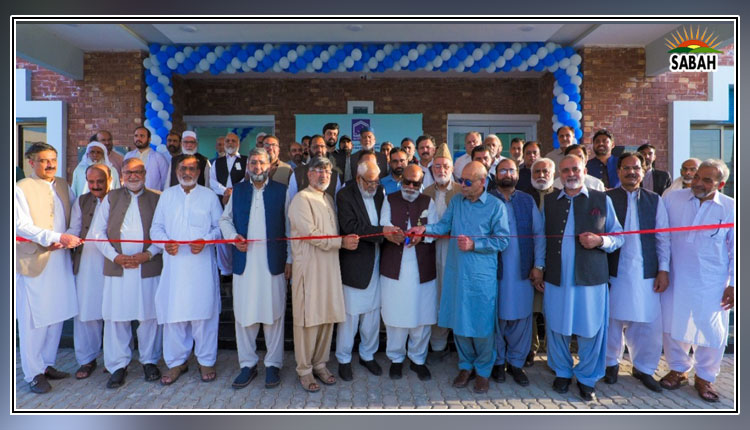Climate through a gender lens…Dr Fauzia Waqar
The alarming reality of climate change has managed to get through to a large swathe of the population, with its implications on human health emerging as a prime concern. Yet, within this, there is a demographic facing an impact even harsher than others: women.
From sub-Saharan Africas rural spaces to the prosperous urban areas of Asia, women are facing health challenges aggravated by the shifts in our climate. The World Health Organizations recent findings reveal distinct ties between climate change and womens health. For instance, extreme heatwaves that have become more frequent with global warming pose a significant threat to expectant mothers, increasing the risks of premature births and low birth weights.
Moreover, changes in temperature and precipitation can influence the distribution of disease vectors, leading to the spread of malaria and dengue fever. Women, especially those who are pregnant, are particularly susceptible to these diseases, which can lead to severe health complications. In various developing nations, women shoulder the primary responsibility of fetching water. With the condition of persistent droughts and depletion of water sources, these women are required to travel further. This exposes them to waterborne diseases and, in many regions, physical violence during these journeys.
Similarly, according to the United Nations, women constitute about 80 per cent of climate refugees, often being the first to be displaced when extreme weather strikes. When natural disasters strike, the mortality rate for women is disproportionately higher. For instance, during the 2004 tsunami, in some areas of Indonesia, Sri Lanka, and India, up to 77 per cent of the fatalities were women. Similarly, in the aftermath of Cyclone Nargis in Myanmar in 2008, 61 per cent of the deaths were women.
Climate change often forces families out of their homes due to rising sea levels and extreme climatic events. Such migrations and displacements cast women into situations where they face exploitation and increased mental health issues. Such displacements can indirectly heighten the risk of pneumonia, especially among women and children. When families seek refuge in overcrowded temporary shelters, it becomes easier for respiratory infections, including pneumonia, to spread.
Additionally, many displaced families might resort to open fires or makeshift stoves in poorly ventilated spaces, leading to the inhalation of pollutants that irritate the lungs. These factors are coupled with potential malnutrition from disrupted access to food and limited healthcare services. Exposure to harsh elements, such as cold and damp environments, further exacerbates their health making women and children more vulnerable to diseases.
Changeable weather patterns, caused by climate change, are harming the ability to grow food. This is especially troubling for areas where many women work in farming. If crops fail, these women lose both their food supply and the money they earn from selling crops. For pregnant women, the problem is even more serious. Without enough good food, they may become malnourished. This not only affects their health but can also lead to health issues for their babies, both before and after birth.
With this global trend, Pakistan is facing exacerbated consequences of climate change. Recent floods are an example of that. Continuous heavy rains and sudden floods caused chaos, affected more than 33 million people, and led to over 1,100 deaths across the country, impacting the most vulnerable population in the region. In many of these affected regions, women face significant challenges related to mobility and education. Many are not trained in essential survival skills like swimming, navigation, or self-defence, making evacuation efforts harder. Due to the prevailing conservative norms in these areas, many women are not permitted to leave their homes without a male relative or without the approval of community elders.
This limited external exposure, combined with their primary role as caregivers, further restricts their capacity to move to safety during emergencies. These deep-seated societal norms and traditional values lead to women bearing a disproportionate burden during climate-related crises, often resulting in higher displacement rates or even fatalities among them.
Amidst such crises, reports have highlighted that over 650,000 expectant mothers found themselves trapped, urgently requiring medical care and support. Disturbing accounts from impacted areas, like that of a woman in Shahdadkot who was forced to give birth amidst the ruins of her home without any medical help, highlight the depth of the issue.
To deal with these multifaceted challenges, a strenuous response is vital. Theres a rising consensus among experts that any policy or plan on climate change must be viewed through a gendered lens. Womens unique vulnerabilities and strengths must be recognized, and they must have a seat at the decision-making table.
Pakistans recent flood crises underscore the need for gender-specific strategies in addressing the challenges of climate change. With women at the frontline of climate changes repercussions, it is imperative that their unique vulnerabilities and strengths should be focused on when it comes to Pakistans climate resilience and adaptation plans.
Courtesy The News












